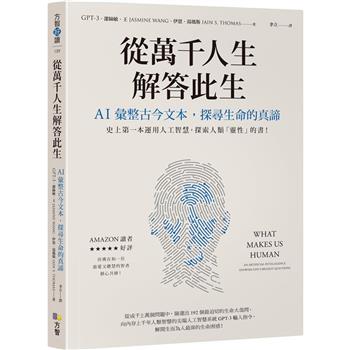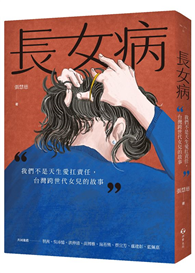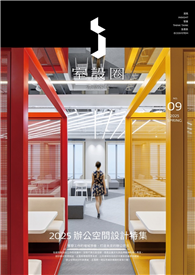In The Morph-Image: The Subjunctive Synthesis of Time, Steen Ledet Christiansen argues for a new model of digital cinema that draws on Deleuzian and Whiteheadian insights into time and the future. This model insists that the philosophy of time must be rethought to provide a better understanding of the future and that the digital capacities of post-cinema present occasions of thought well-suited to this task. The figure of the morph, Christiansen posits, allows a conception of how post-cinema expresses time as a means of capture that appears liberatory, but modulates subjectivities into temporal forms of control. These temporal forms include digital animacies, flows, loops, synthetic long takes, and disjunctive editing, all of which are false formations of freedom. Ultimately, the author positions the unruly creativity of an event’s potential, of making the impossible possible in order to bring about true advancements into novelty, as escape from this dynamic. This book contributes to both Deleuzian film theory and a burgeoning Whiteheadian film-philosophy through deep engagement with key post-cinematic films, including Holy Motors, Collateral, Domino, Limitless, Spring Breakers, and Everything Everywhere All at Once. In doing so, important concepts of potentiality, actuality, and the future are considered and addressed in relation to the contemporary capitalist regime of control.
| FindBook |
有 1 項符合
The Morph-Image: The Subjunctive Synthesis of Time的圖書 |
 |
The Morph-Image: The Subjunctive Synthesis of Time 作者:Christiansen 出版社:Lexington Books 出版日期:2024-09-15 語言:英文 規格:精裝 / 264頁 / 普通級/ 初版 |
| 圖書館借閱 |
| 國家圖書館 | 全國圖書書目資訊網 | 國立公共資訊圖書館 | 電子書服務平台 | MetaCat 跨館整合查詢 |
| 臺北市立圖書館 | 新北市立圖書館 | 基隆市公共圖書館 | 桃園市立圖書館 | 新竹縣公共圖書館 |
| 苗栗縣立圖書館 | 臺中市立圖書館 | 彰化縣公共圖書館 | 南投縣文化局 | 雲林縣公共圖書館 |
| 嘉義縣圖書館 | 臺南市立圖書館 | 高雄市立圖書館 | 屏東縣公共圖書館 | 宜蘭縣公共圖書館 |
| 花蓮縣文化局 | 臺東縣文化處 |
|
|
圖書介紹 - 資料來源:博客來 評分:
圖書名稱:The Morph-Image: The Subjunctive Synthesis of Time
|











